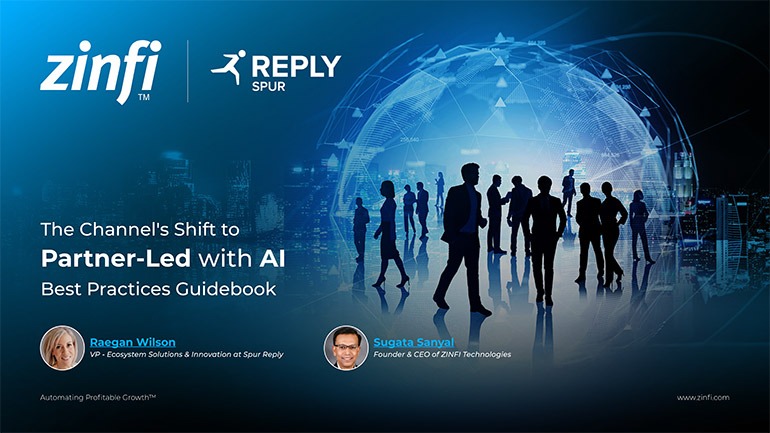Best Practices Articles

PRM Software: Redefining Channel Sales Through a Modern Partner Ecosystem
Modern buyers control their purchasing journeys. They independently research solutions. They validate options using digital platforms. Buyers only engage vendors when ready to buy. This behavior challenges old sales methods. It demands a complete change in how organizations manage their partner ecosystem. Teams cannot treat partner relationships as simple sales tools. They must build a partner ecosystem that matches the evolving customer journey. This ecosystem needs agility for today’s go-to-market strategy. PRM software helps manage this complex ecosystem. A modern partner ecosystem consistently creates value. It integrates partners into every sales cycle phase. This empowers channel sales teams. They deliver personalized experiences. It enables partner engagement that feels natural to the customer’s buying process. Organizations embedding partner ecosystems into their go-to-market framework achieve more than increased reach. They accelerate customer impact. Channel leaders who update their approach will surpass competitors. They will capture long-term growth. PRM software is essential for this transformation. It provides the technological backbone for a truly integrated and high-performing partner network.
1. Understanding the New Buyer Journey with PRM Software
Today’s buyers take charge of their journey. They move across many digital channels. They consult peers. They explore online reviews. They evaluate solutions without direct vendor interaction. Channel sales teams must integrate into that ecosystem. They must not interrupt it. The modern partner ecosystem must act as a responsive network. It must insert value at every buyer touchpoint. PRM software helps track and manage these touchpoints, ensuring partners deliver relevant information.
Customers evaluate vendors on more than just product features. They also consider ease of integration, support responsiveness, and partner network quality. Organizations aligning their partner ecosystem to these expectations deliver superior experiences. They build trust through seamless collaboration. This collaboration happens between internal teams and external partners.
Channel sales professionals must understand this dynamic. They must use it to anticipate buyer needs. Companies must map the customer journey within the partner ecosystem. This gives them a competitive advantage.
They must identify high-value engagement points. They must assign the right partners to co-own those interactions. The more effectively an ecosystem supports buyer research, education, validation, and implementation, the greater the chance of conversion.
Companies recognizing this leverage the partner ecosystem as a growth multiplier. PRM software provides the tools to map these journeys. It helps assign partners and track their contributions at each stage.
Organizations understanding buyer journeys create richer content. They develop more relevant partner incentives. They achieve better joint marketing outcomes. They track where buyers seek guidance. They place ecosystem partners along those checkpoints. They turn partner knowledge into influence. They turn influence into conversion. This strategic placement and coordination, often facilitated by PRM software, are key to success.
2. Evolving Channel Sales Capabilities Within the Ecosystem with PRM Software
Traditional sales skills do not support today’s buyer journey. Within a partner ecosystem, sellers must move beyond individual contributions. They must collaborate across partner roles, technologies, and customer contexts. Sellers must demonstrate emotional intelligence, domain fluency, and team-based problem-solving. PRM software often includes collaboration features that enable this cross-functional teamwork.
Channel sales professionals now function as relationship architects. They facilitate engagement across ISVs, systems integrators, managed service providers, and marketplace players. They help these partners co-design go-to-market strategies. They align on messaging.
Every seller in a modern ecosystem must communicate how the collective solution delivers better outcomes. Buyers want advisors who understand the whole stack. They do not just like a single product.
Sellers must know how partner integrations operate. They must understand how support structures function. They must know how revenue models align across the ecosystem. They must manage complexity without overwhelming the customer.
The ability to simplify solutions without dumbing them down defines high-performance sales in a partner ecosystem. Companies prioritizing continuous learning and real-world application grow stronger channel sales teams. PRM software can centralize this knowledge, making it easier for sellers to access and understand complex solutions.
They simulate customer scenarios that demand ecosystem collaboration. They reward adaptability, insight, and multi-party execution. These practices scale trust and deepen buyer engagement.
Sellers who thrive in a partner ecosystem work across internal silos. They coordinate with marketing, customer success, and product teams. They lead cross-functional meetings with partners. They use data to demonstrate alignment and performance. They create momentum by showing partners how shared wins create exponential opportunities. PRM software provides the data and insights to demonstrate these shared wins and opportunities.
3. Building Partner Enablement That Fuels the Ecosystem with PRM Software
Partner enablement no longer ends with onboarding. It serves as the connective tissue of the partner ecosystem. It accelerates time-to-value. It empowers partners to deliver impact throughout the customer journey. Companies must tailor enablement to partner roles. PRM software is crucial for providing this personalized enablement.
Resellers need pricing and objection handling training. System integrators require API documentation and deployment workflows. Co-sell partners need case studies, playbooks, and joint value messaging. A modern partner ecosystem reflects these differences with precision.
Dynamic enablement programs allow partners to pivot as customer needs evolve. Real-time content delivery, modular training, and scenario-based workshops support ongoing alignment. Channel teams delivering this support create more confident, informed, and independent partners.
PRM software facilitates dynamic content delivery and modular training, adapting to diverse partner needs. Successful organizations design partner enablement around outcomes, not checklists.
They define success through metrics like customer retention, upsell volume, integration adoption, and partner-led pipeline velocity. They use feedback loops and performance data to adjust resources proactively. This level of enablement creates a living, responsive partner ecosystem.
Organizations leading in enablement offer more than materials. They deliver strategy. They help partners model recurring revenue. They host workshops to simulate customer objections. They create video libraries that show what to say and how to say it. Their partner ecosystem learns faster and adapts quicker than competitors. PRM software provides the platform for delivering these strategic enablement resources, tracking engagement, and measuring outcomes.
4. Using Technology to Activate the Partner Ecosystem: PRM Software in Action
Technology powers the modern partner ecosystem. It connects people. It simplifies collaboration. It amplifies insight. But technology must enhance human interaction. It must not replace it. Channel sales and partner leaders must select tools that align with the ecosystem’s structure.
Integrated CRM, PRM software, and partner marketing platforms give both internal teams and partners the visibility needed to execute with precision. These systems must allow sellers to access real-time partner information. They must share data securely. They must customize outreach.
Sales automation should reflect partner workflows. It should suggest co-sell tactics. It should offer context-sensitive messaging. It should prioritize leads based on ecosystem activity. Sellers should never ask partners for updates the system can provide.
The right technology eliminates manual coordination. It frees up time for strategic work. Partner portals feel intuitive, personalized, and actionable. They surface training, campaign assets, competitive insights, and marketplace positioning.
Tools built for the partner improve engagement and loyalty. Generic tools reduce partner participation. PRM software specifically designs intuitive and personalized partner portals, maximizing engagement.
Technology also supports ecosystem measurement. Leaders must analyze contributions across the partner ecosystem, not just individual channels. They must track partner-influenced pipelines, co-sell effectiveness, multi-partner deal cycles, and buyer satisfaction.
These metrics show the actual impact of an ecosystem-powered go-to-market strategy. The most effective organizations embed partner ecosystem analytics into executive dashboards. They visualize partner lifts at every funnel stage.
They use AI to forecast co-sell momentum. They send alerts when a deal stalls or a partner needs additional support. They let the ecosystem speak through real-time insights. Robust PRM software provides these critical analytics and insights.
5. Leading the Channel with a Partner Ecosystem Mindset: Empowered by PRM Software
Leadership defines the success of any partner ecosystem. Channel leaders must act as ecosystem orchestrators, not gatekeepers. They must foster alignment between internal teams and external collaborators. They break down silos. They reinforce shared goals.
Effective leaders show emotional intelligence. They listen to partners. They surface challenges early. They advocate across executive teams. They recognize the effort behind every partner opportunity. They invest in relationship capital before demanding revenue.
PRM software helps leaders monitor partner engagement and identify areas where support is needed. They also scale leadership through communication. They share a vision consistently. They update teams on progress. They celebrate partner success.
They use internal forums, partner advisory boards, and digital communities to reinforce collaboration. Authentic ecosystem leadership means acting with integrity and empathy. It means designing programs that reflect how customers buy. It does not just reflect how the business sells.
Leaders must avoid over-indexing on short-term revenue. Instead, they must nurture ecosystem health. They support long-term partner success. By building a culture of transparency, accountability, and learning, leaders turn their partner ecosystem into a source of strategic differentiation.
Teams operate with confidence. Partners stay engaged. Buyers trust the collective brand. PRM software can provide transparency and accountability through shared dashboards and performance tracking.
Great partner ecosystem leaders know how to model the behaviors they expect. They mentor partner managers. They visit partners on-site. They walk through feedback. They co-create solutions. They ensure ecosystem success doesn’t just live on slides. It lives in every interaction. This hands-on approach, combined with the data and organizational capabilities of PRM software, drives true ecosystem success.
Conclusion
A high-performing partner ecosystem gives companies a decisive edge. It aligns with internal functions. It integrates channel sales. It reflects the fluid nature of the customer journey. It transforms the go-to-market strategy from product-pushing into solution-building.
Organizations recognizing the strategic power of the partner ecosystem will lead their industries. They will empower partners through enablement. They will engage buyers with value. They will operate with agility at every level. They will deploy technology not to automate relationships but to scale trust.
Most importantly, they will foster cultures where shared success becomes the default. These organizations won’t view the ecosystem as a channel. They will treat it as a business. They won’t chase partner compliance. They will cultivate partner advocacy.
They won’t build programs. They will have architectural experience. The future belongs to companies that live their go-to-market strategy through an integrated, dynamic, and human-first partner ecosystem. Organizations leading this movement will change how markets function.
They will turn partner ecosystems into economic engines. They will create networks of mutual growth. They will align innovation, trust, and purpose. And they will win. PRM software is essential for building and sustaining these winning partner ecosystems.
Best Practices Guidebook
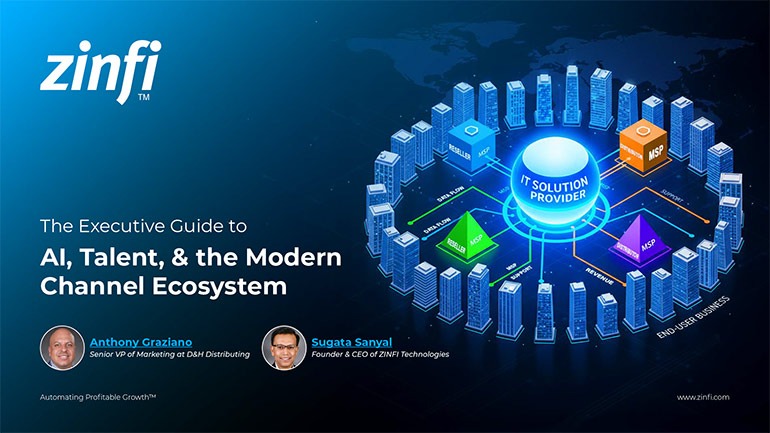 Modernizing Channel Marketing: AI and Ecosystem Enablement Best Practices
Modernizing Channel Marketing: AI and Ecosystem Enablement Best PracticesDownload for FREE
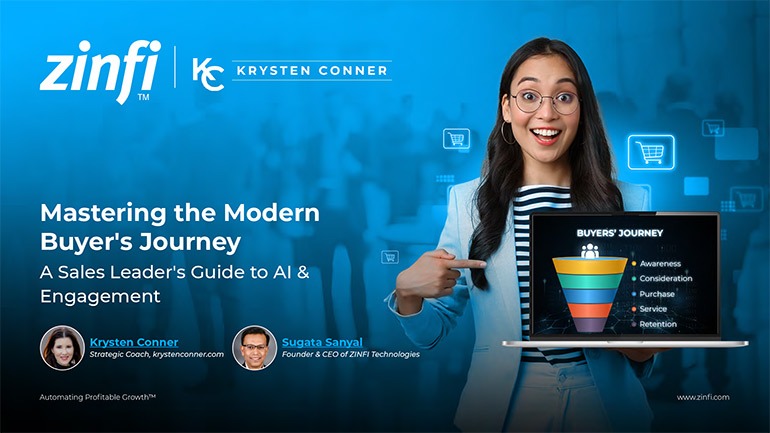 The Channel’s Shift to Partner-Led With AI Best Practices
The Channel’s Shift to Partner-Led With AI Best PracticesDownload for FREE
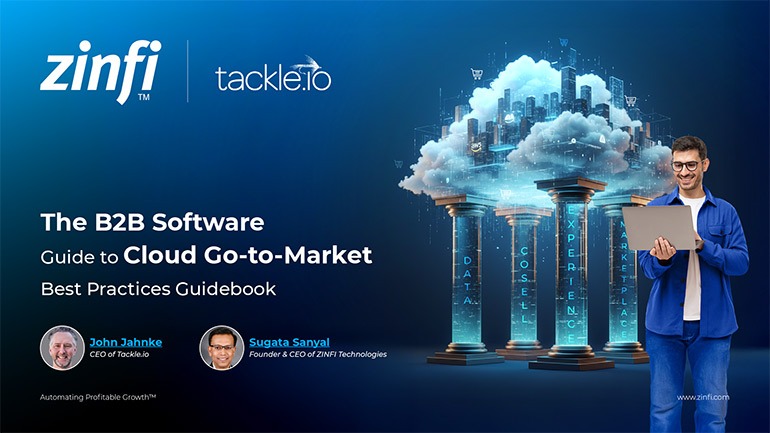 Hyperscalers, ISVs, and AI: Shaping the Future of B2B Software Distribution
Hyperscalers, ISVs, and AI: Shaping the Future of B2B Software DistributionDownload for FREE
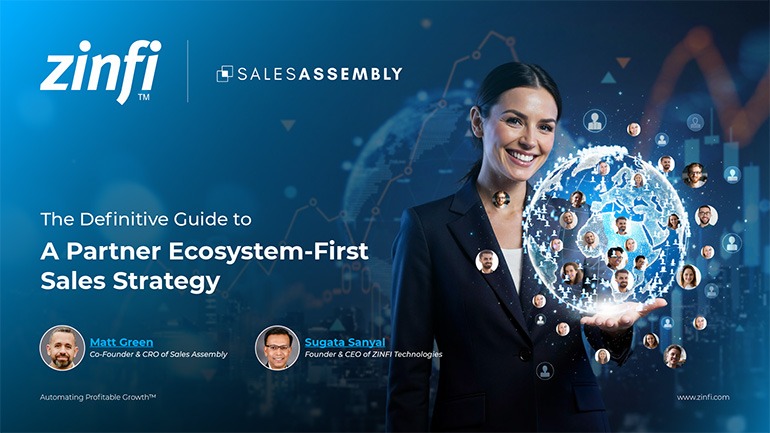 Definitive Guide to a Partner Ecosystem-First Sales Strategy
Definitive Guide to a Partner Ecosystem-First Sales StrategyDownload for FREE
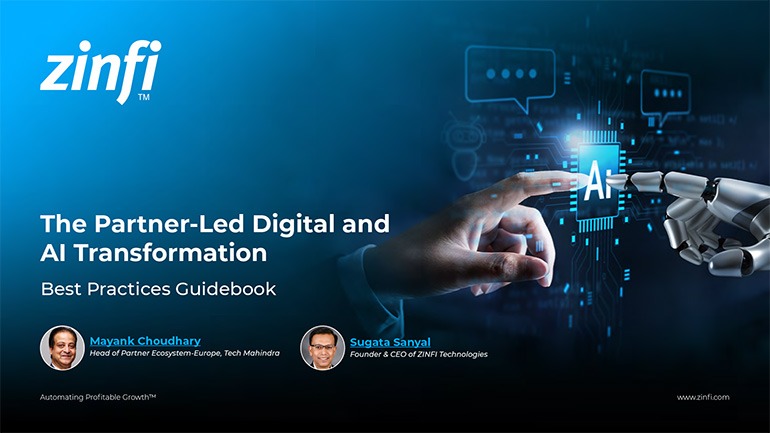 The Partner-Led Digital and AI Transformation Best Practices
The Partner-Led Digital and AI Transformation Best PracticesDownload for FREE
 Startup Talent Recruitment: Hiring Missionaries, Not Mercenaries
Startup Talent Recruitment: Hiring Missionaries, Not MercenariesDownload for FREE
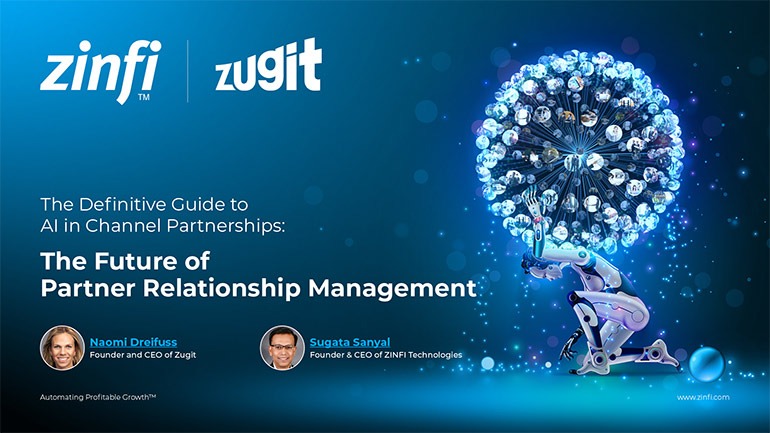 The Future of Partner Relationship Management with AI in Partnerships
The Future of Partner Relationship Management with AI in PartnershipsDownload for FREE
 Cybersecurity for the 99%: Strategies from the Frontline
Cybersecurity for the 99%: Strategies from the FrontlineDownload for FREE
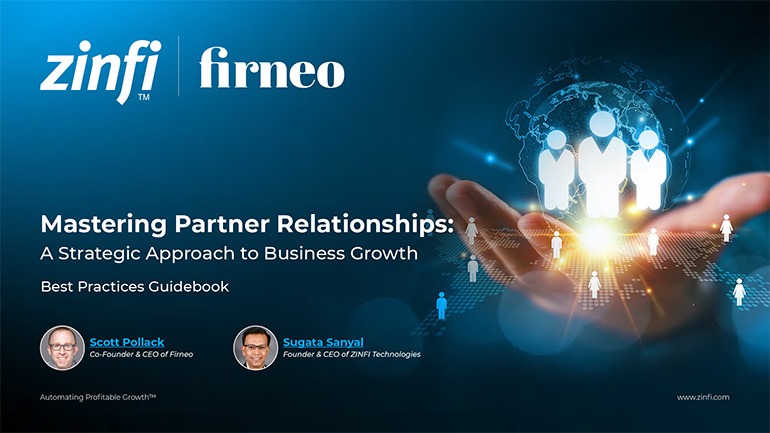 Mastering Partner Relationships: A Strategic Approach to Business Growth
Mastering Partner Relationships: A Strategic Approach to Business GrowthDownload for FREE
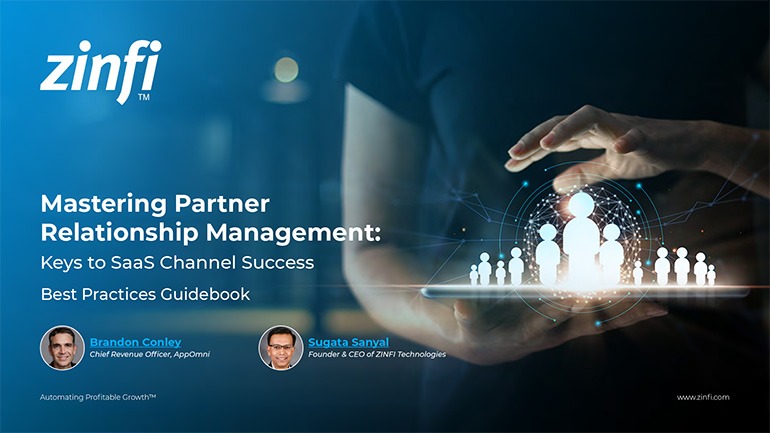 Mastering Partner Relationship Management: Keys to SaaS Channel Success
Mastering Partner Relationship Management: Keys to SaaS Channel SuccessDownload for FREE
 Navigating the AI Revolution: Guide for Partners in the Microsoft Ecosystem
Navigating the AI Revolution: Guide for Partners in the Microsoft EcosystemDownload for FREE
 Mastering the Modern Buyers Journey: Sales Leader’s Guide to AI & Engagement
Mastering the Modern Buyers Journey: Sales Leader’s Guide to AI & EngagementDownload for FREE

